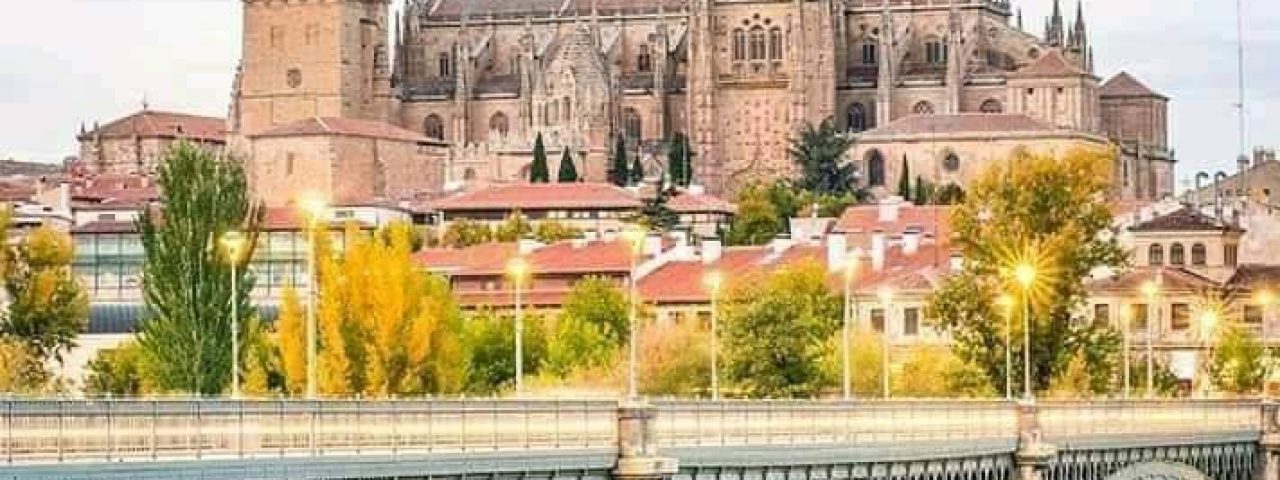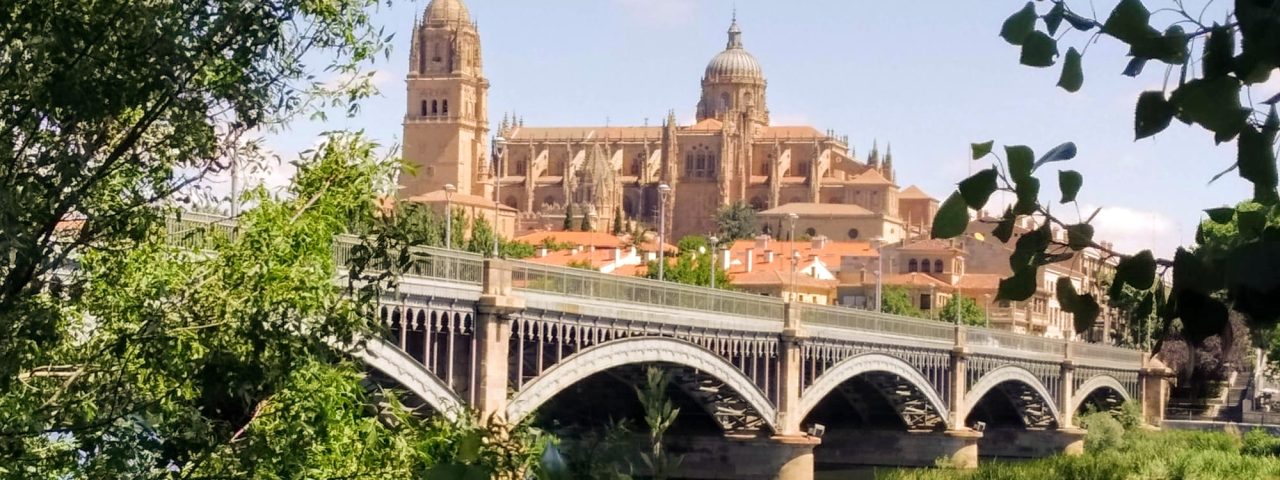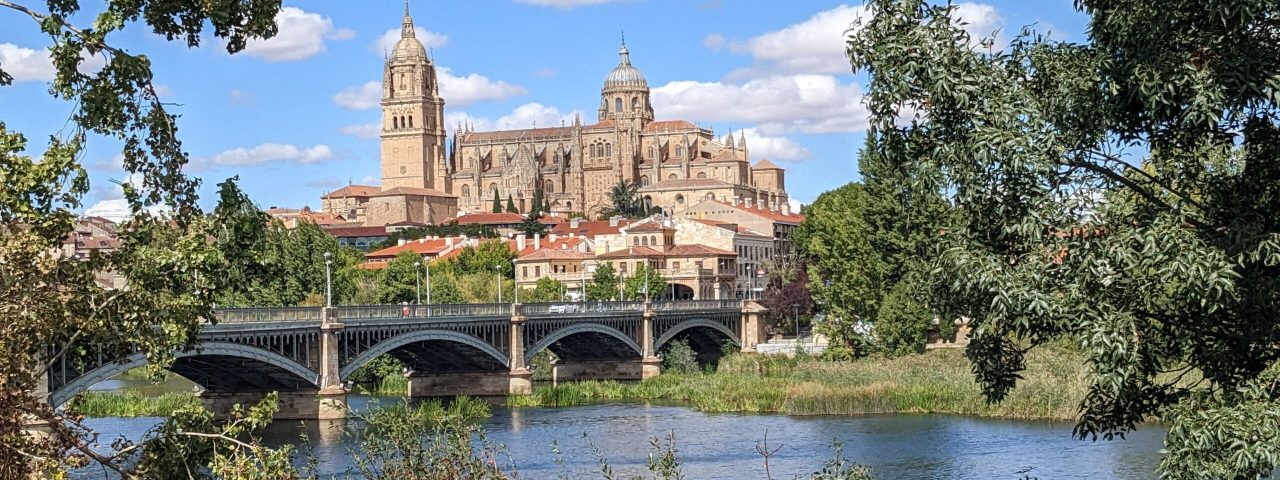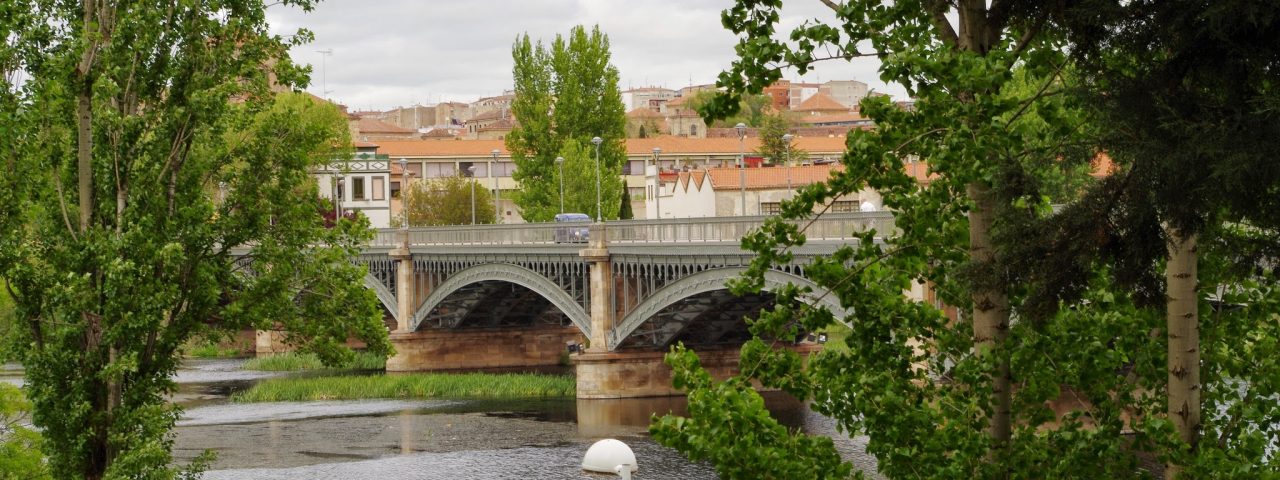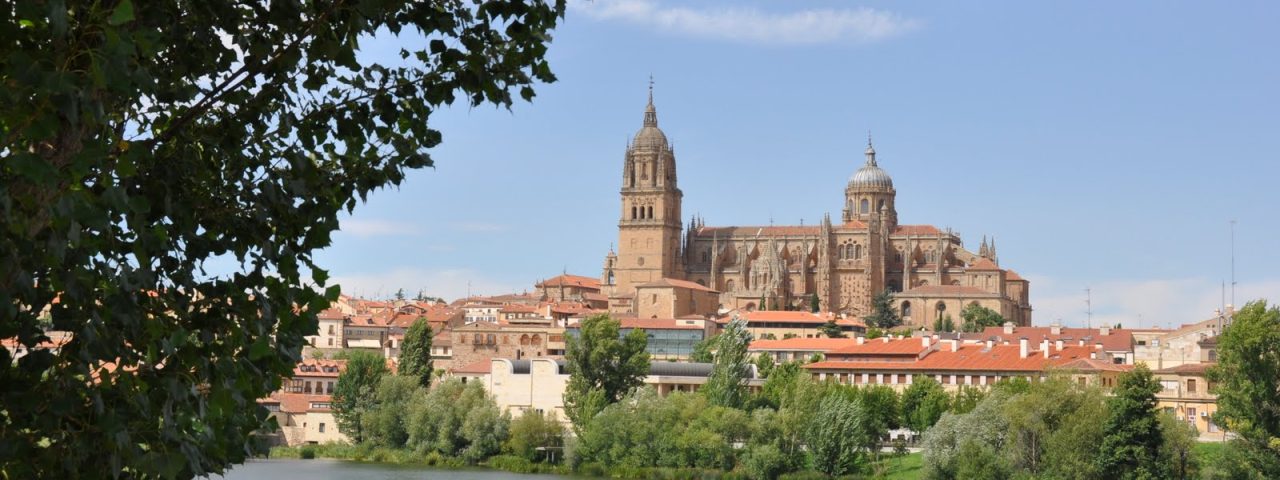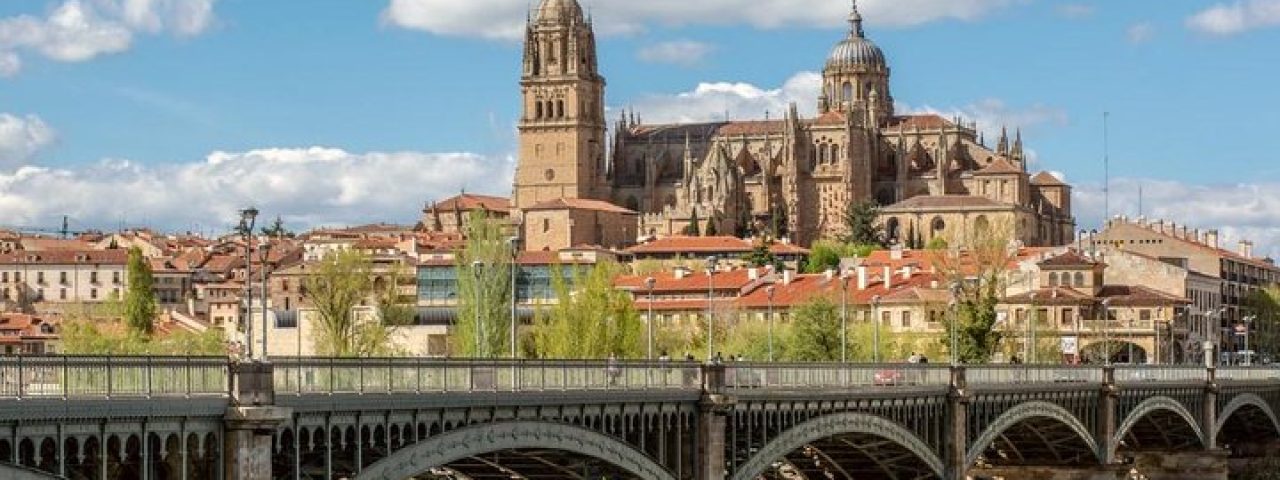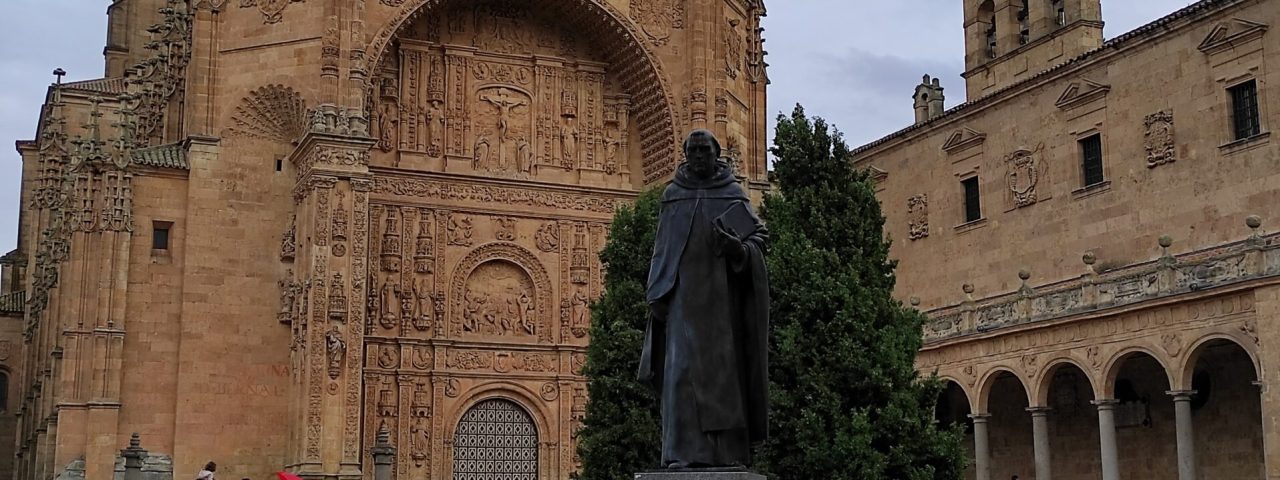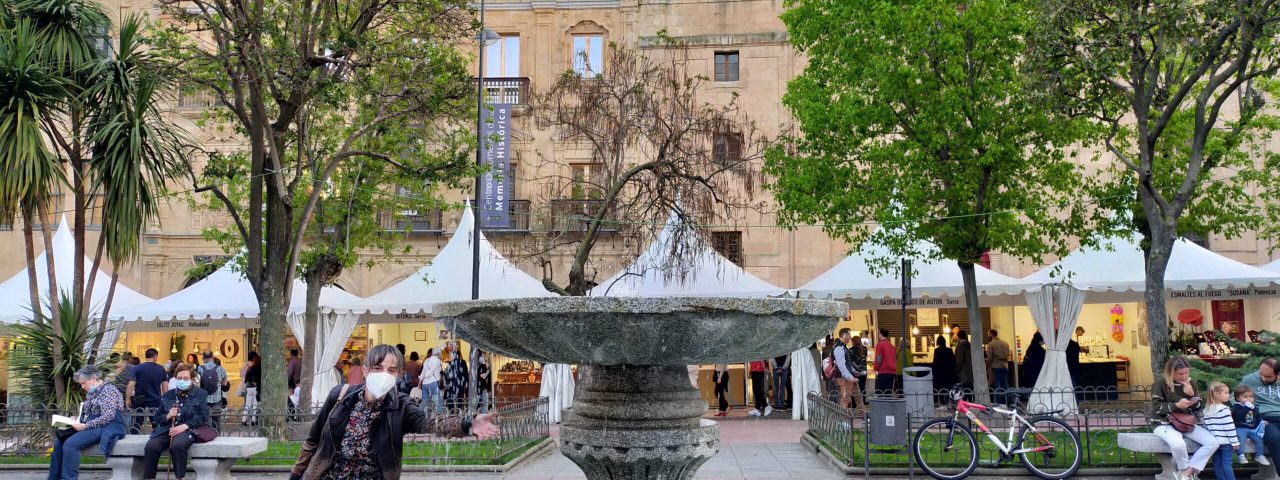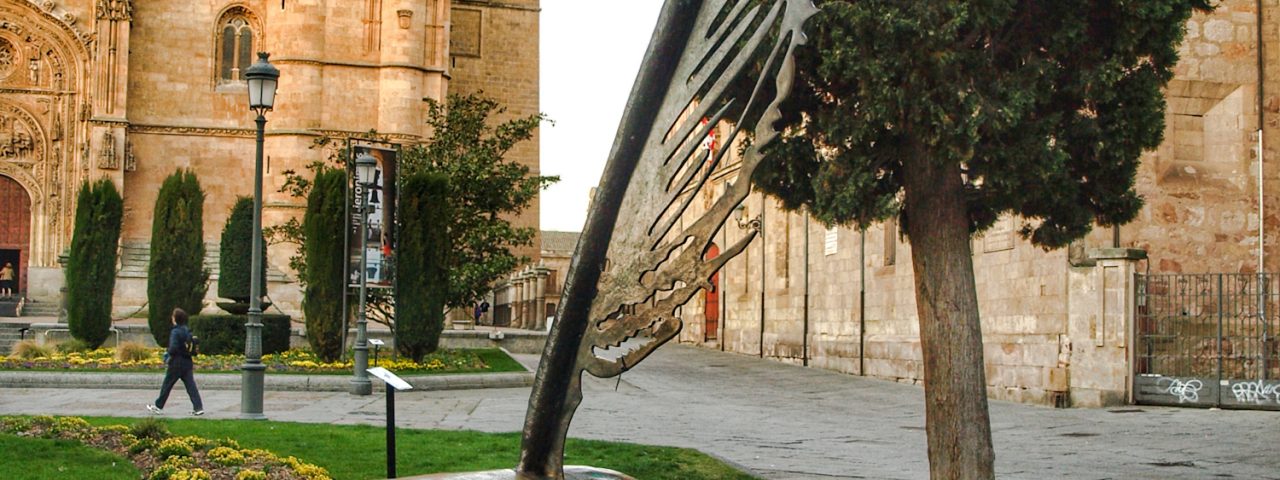Salamanca’s history stretches back over two millennia, with its origins as a settlement dating back to the ancient Celtic tribes. However, its development took off under Roman rule, evidenced by the remains of a Roman bridge that still stands today. Over the centuries, Salamanca was influenced by Moorish rule and later played a pivotal role in the Christian reconquest of Spain. Its most significant historical period began in the 13th century with the founding of the University of Salamanca in 1218 by King Alfonso IX, cementing its status as a major intellectual and cultural hub.
The city’s cultural life is enriched by its numerous festivals and traditions. One of the most popular is the Holy Week (Semana Santa), marked by somber religious processions through the medieval streets. Other significant events include the Festival of San Juan de Sahagún in June, where locals celebrate their patron saint with fireworks, music, and traditional dance. Salamanca’s connection to academia also fosters an open-minded, multicultural environment, where visitors can experience diverse traditions alongside deeply rooted Spanish customs.
The Plaza Mayor, often considered one of the most beautiful squares in Spain, serves as the heart of Salamanca’s cultural life. Locals and tourists gather here to relax, dine, and celebrate various public festivities, making it the ideal spot to experience the city’s unique fusion of history and contemporary life.
